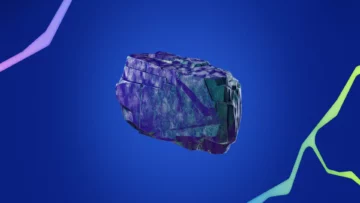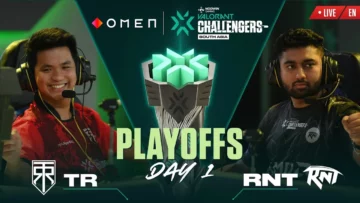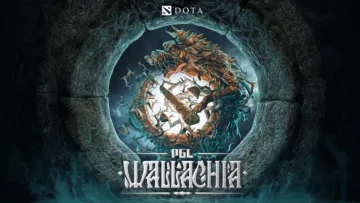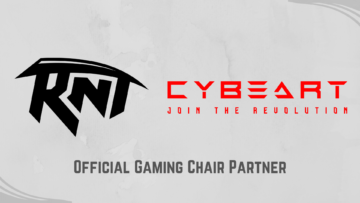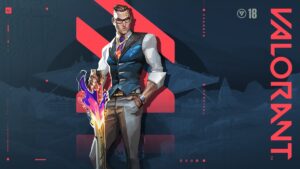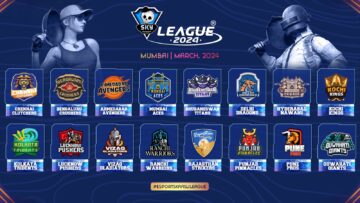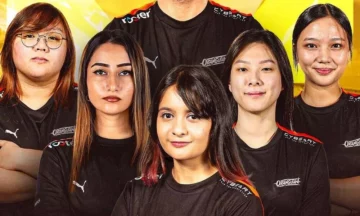If you’re reading this, you’re probably more than just a gamer. You think deeply about the games you play: their mechanics, storylines, and characters. You notice what works great. You dig deep to understand what makes the process unenjoyable or disappointing. And you sometimes find yourself thinking, “Here’s how they could’ve made it better.”
Does it hit close to home? If so, a career in game design doesn’t have to be just a pipe dream for you. You should consider it as a viable career option.
But how do you get started in this field? Well, first, you’ll need the right skills, of course. Here’s your guide on acquiring them.
Know What You’re Getting Yourself Into
– Advertisement –
Let’s be blunt: playing games isn’t the same as designing them. You’ll have to do some crouching at one point or another. You’ll have deadlines and budget constraints, and they will cause some headaches.
Don’t get this wrong, though. If this field is your cup of tea, it’ll be a fulfilling job, and you’ll enjoy most of your working days. (Not to mention that it pays handsomely, too.)
If you’re up for the challenge, here’s a quick scoop of your future day-to-day responsibilities:
- developing the concepts, plots, characters, and storylines;
- determining the difficulty levels and challenges that the player will have to overcome;
- pinpointing the rules and mechanics of the game;
- creating flowcharts, mockups, and detailed layouts to document your vision and provide a point of reference for the team;
- collaborating with other development team members to ensure the final result matches the initial concept.
Make Time for It
Learning the ropes will take time. A lot of it. And if you’re serious about starting a career in game design, you need to find the said time and commit to building your skillset.
How do you do that? Prioritize your learning, even if it means a certain tradeoff. For example, if you’re a student and you think, “I’d need EssayPro to do my homework to free up some time”, go for it. Consider this an investment into your future occupation.
Next, create a learning schedule for yourself and stick to it. This way, you’ll have regular study sessions, meaning that your progress will be consistent. Besides, motivation isn’t the most important here; discipline is.
Decide on How You’ll Acquire the Basic Skillset
There are three ways you can build the skills you’ll need.
- Formal education. It’s also known as “get a degree.” It’s the costliest option on the list, and the most time-consuming, too. On the other hand, you’ll have a broader set of skills once you graduate, such as using scripting languages, writing, 2D and 3D art, etc.
- Bootcamps. These are intensive courses that focus heavily on game design itself, with no extra skills added to the mix. They’re more affordable – the price tag is usually several thousand dollars. They’ll also get you ready for your first interview faster (typically within 6-12 months).
- Self-learning. This includes reading books, participating in MOOCs, and doing your own side projects. Self-learning is the thorniest path of them all, but it’s not impossible to succeed by taking it. You’ll need a lot of discipline, though.
Learn from Playing Others’ Games
While “learning by doing” is the most efficient approach, “learning by observing” shouldn’t be dismissed, either. Plus, it’s a great way to mix business with pleasure (wink).
Here’s how you can turn your gaming routine into a meaningful learning experience.
- Write down the good and the bad. What makes you want to play for hours? What doesn’t work for you?
- Ask yourself “why?” all the time. Why do you feel irritated or bored at some points? Why did they put the boss fight here or include the XP point system?
- Brainstorm the ideas to fix what doesn’t work. In other words, what would you do differently?
Know How to Approach These 5 Game Basics
Before you jump right to designing the tutorial or characters, you need to be able to think on a more global scale. Here are five basics to determine first.
- Genre. A horror game doesn’t have the same visuals, mechanics, and obstacles as an RPG, right?
- Player agency. How much choice do you want to give your players? Think The Stanley Parable on the “a lot” side of the spectrum and The Old Republic on the “almost none” one.
- Gameplay loop. What will be the player’s goals? What challenges will they have to overcome? How?
- Incentives. What will drive the player to keep playing? Rewards, of course! It can be anything from new skins like in Batman: Arkham series to in-app currency.
- Difficulty. You need to strike a fine balance to have an experience that is challenging and enjoyable at the same time. Otherwise, players will either get bored or rage quit.

Learn to Work on These 9 Game Components
As a game designer, you’ll be working on the core concepts. This means you’ll have to learn to conceptualize and document your vision for these nine components:
- world and environments;
- mechanics, also known as the rule system;
- levels;
- content: characters, environment, items;
- interface: menus and UI;
- controls;
- visuals;
- sounds and soundtracks;
- tutorials.
Become Versed in These 8 Fields, Too
What makes a game designer great? It’s not always the deep knowledge of various mechanics, rule systems, or incentives. Instead, it’s the deep understanding of the following:
- UX (user experience) design principles;
- user research and testing;
- storytelling techniques and clichés to avoid;
- the psychology behind gaming;
- scripting languages basics;
- physics;
- graphic design basics;
- creating documentation and prototypes.
Start Your Own Side Project
As mentioned above, “learning by doing” trumps any other approach. Although books, tutorials, and other online resources will always come in handy, you can’t learn game design without working on your own project.
So, go ahead:
- set your goals for both the project and product;
- pinpoint your target audience;
- choose the target devices and operating systems;
- settle on the genre and other basics (see step 4);
- design game components (see step 5);
- test and refine.
Final Thoughts
Looks overwhelming? Fear not: if game design is truly your thing, wrapping your head around all of that will be fun and rewarding (mostly). Just make sure to keep learning and practicing even if you don’t feel like it. That’s the secret to productive studying. Good luck!
– Advertisement –
- 3d
- 9
- Advertisement
- All
- around
- Art
- audience
- auto
- Basics
- Books
- build
- Building
- business
- Career
- Cause
- challenge
- challenging
- components
- Credits
- Currency
- Design
- designer
- Development
- Devices
- DID
- dollars
- efficient
- Environment
- experience
- Fields
- fine
- First
- Fix
- Focus
- Free
- fun
- future
- game
- Games
- Gaming
- Global
- Goals
- good
- graduate
- great
- guide
- Handy
- head
- Headaches
- here
- Home
- How
- How To
- HTTPS
- important
- Interview
- investment
- IT
- Job
- jump
- knowledge
- Languages
- LEARN
- learning
- List
- Mechanics
- Members
- months
- motivation
- operating
- operating systems
- Option
- Other
- pipe
- play
- player
- players
- Playing
- playing games
- Plus
- practicing
- price
- Process
- Product
- project
- projects
- prototypes
- Psychology
- Reading
- Republic
- research
- Rewards
- rules
- Scale
- Series
- set
- skills
- So
- Spectrum
- stanley
- started
- Student
- Study
- system
- Systems
- Target
- Tea
- techniques
- Testing
- The
- Thinking
- time
- tutorial
- tutorials
- ui
- Unsplash
- vision
- What
- within
- words
- Work
- works
- writing


